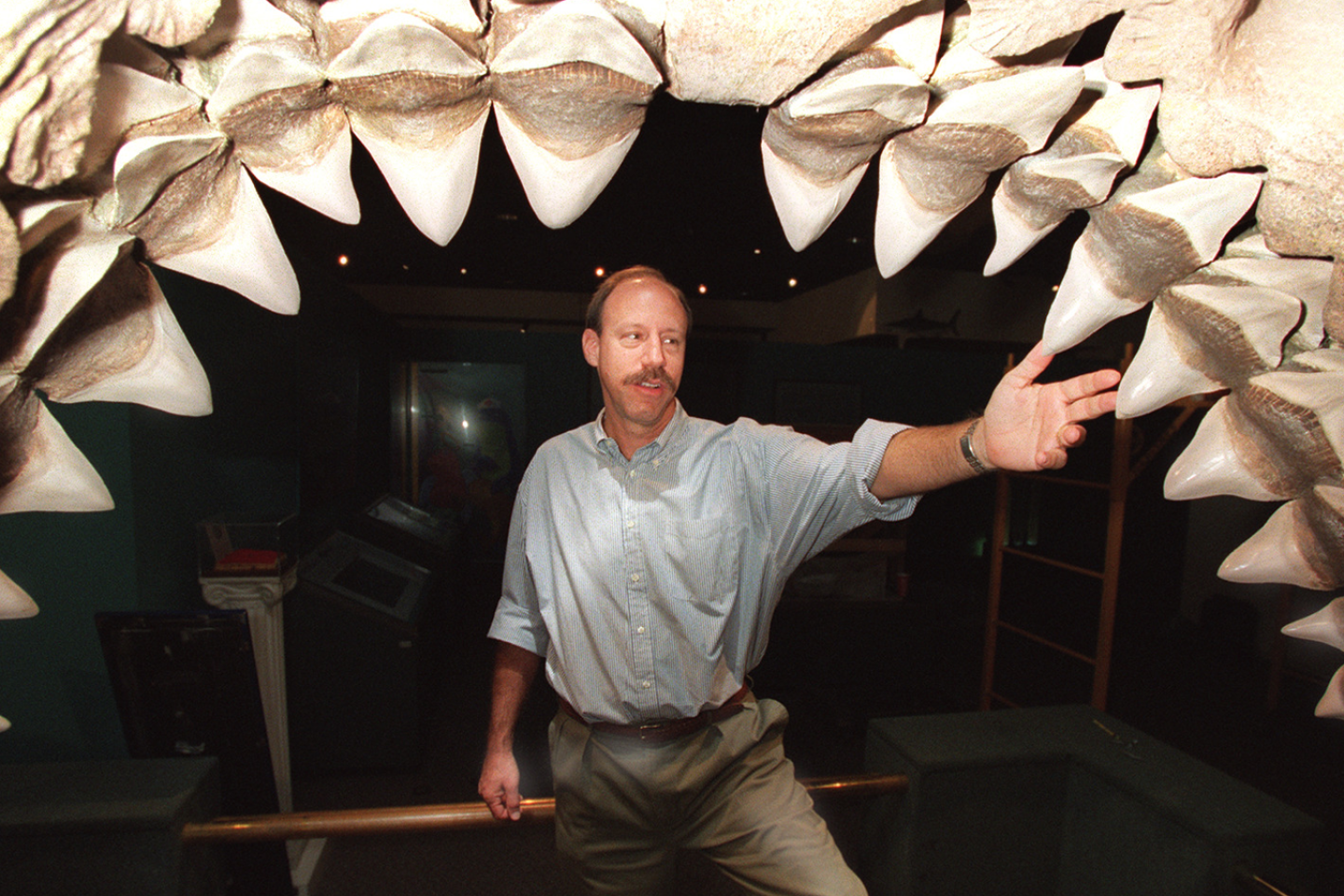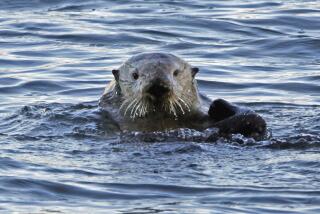Trove of ancient marine fossils surprises Bay Area dam builders
Crews had no clue when work started on a Bay Area dam in 2011 that they would stumble onto a trove of marine fossils many millions of years old. Hundreds of specimens have been found at the Calaveras Dam site near Milpitas, Calif.
Although the area has its share of fossils, the concentration at this site has scientists excited.
Among the 529 specimens inventoried are scallops as big as dinner plates, a hippo-like mammal called a Desmostylus, megalodon sharks, and whales with and without teeth. Most of the fossils are believed to be about 20 million years old.
The Desmostylus is a member of the only order of marine mammal to have gone extinct. The animal is believed to have had massive limbs, a stubby tail and an elongated head with tusks. But the prehistoric megalodon was an even more massive beast. Considered the largest shark ever to have lived, it had huge serrated teeth and at 60 feet and 100 tons dwarfed the Tyrannosaurus rex.
That’s heady stuff for paleontologists.
Ancient treasure has been known to get in the way of modern construction. You may recall five years ago when the Los Angeles County Museum of Art was digging an underground garage and ran into a nearly intact Columbian mammoth, later named Zed. Excavation equipment shaved off the top of his skull, as the Los Angeles Times reported.
Construction ground to a halt as researchers unearthed the largest known cache of ice age fossils.
But the new treasure chest has barely caused a blip in work on the Calaveras Dam.
“The fossils didn’t delay the project,” Betsy Lauppe Rhodes, a spokeswoman with the San Francisco Public Utilities Commission, told The Times. What did delay the project, she said, was the discovery of two ancient landslides.
The slides would have made the dam site unsafe, so three years and several hundred million dollars were tacked on to the project to move vast amounts of earth and make the site stable. As the San Jose Mercury reports, the silver lining was that more fossils were uncovered.
There’s been no danger to the fossils as a result of construction, Rhodes said. “That which was in the way of construction was removed quickly or stabilized and protected until we were able to remove them safely at a later time.”
The dam project will be completed at the end of 2018, she said. As for the fossils, the Mercury notes, they are destined for a to-be-determined Bay Area museum.
Follow me at @AmyTheHub








